Why There Is Sand on the Seashore? All you wanted to Know
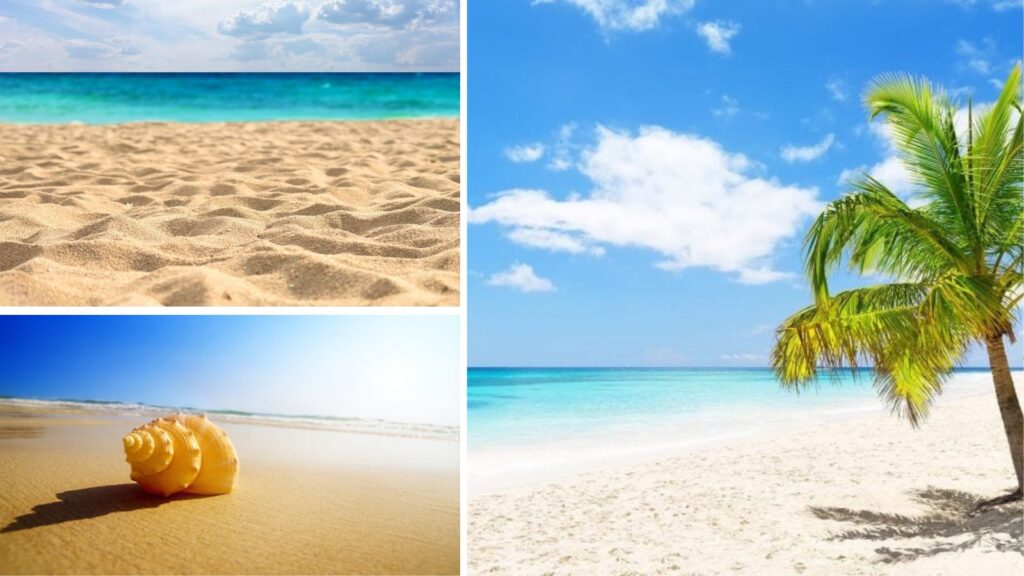
Why There Is Sand on the Seashore? All you wanted to Know
Nature’s timeless cycle of erosion, transport, and deposition shapes every grain beneath our feet
Sand on the seashore is the result of millions of years of natural processes — weathering, erosion, transportation, and deposition. Each grain of sand tells a long geological story, beginning as rock high in the mountains and ending up as the soft, shifting carpet of a beach.
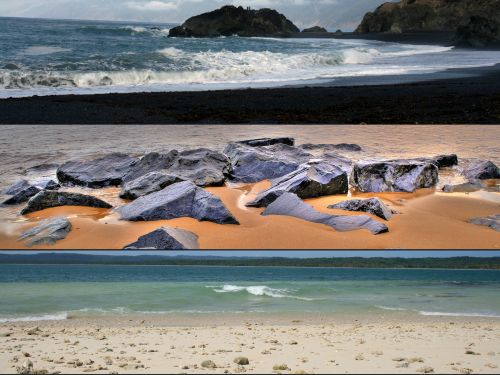
The journey begins inland
Rivers and streams carry eroded fragments of rock, soil, and minerals from the land toward the sea. As these particles are transported, they collide and scrape against each other, gradually losing their sharp edges and becoming smoother and more rounded. This process of constant grinding — intensified by freezing, thawing, and flowing water — creates the tiny grains we know as sand.
Wave erosion and coastal shaping
When these sediments reach the ocean, waves take over. The ceaseless motion of the sea erodes coastal rocks and cliffs, adding more sand-sized fragments to the mix. Each incoming and outgoing wave sorts and reshapes the material, washing away lighter particles like silt and clay, while heavier grains such as sand and small pebbles settle closer to the shore.
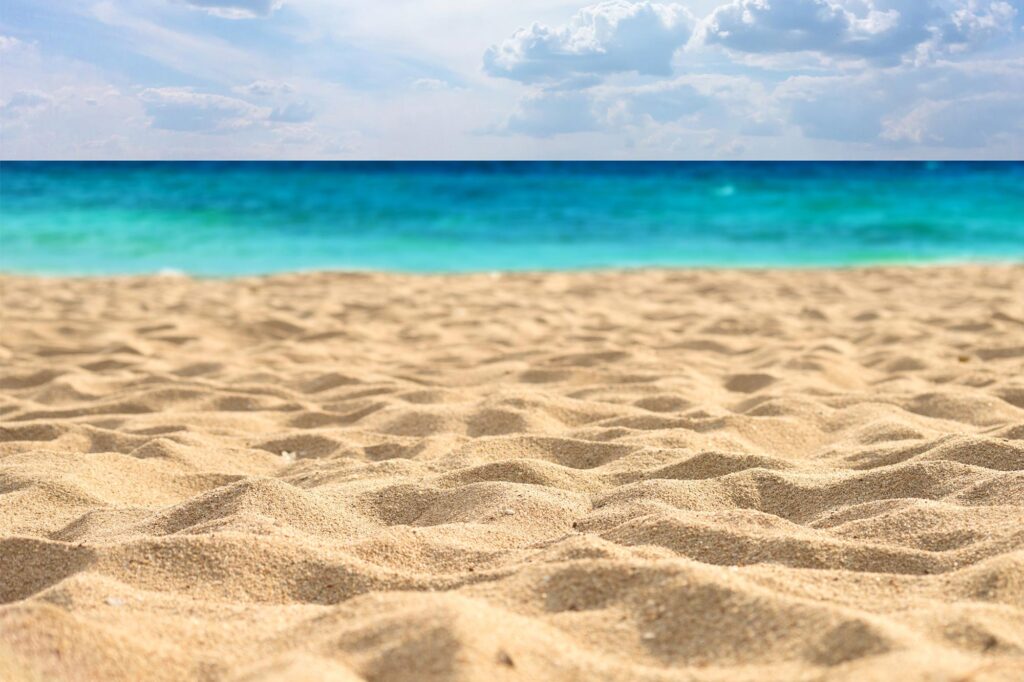
Deposition and beach formation
As rivers lose speed upon entering the sea, they drop the heavier load they were carrying — depositing sand along the seabed and the shoreline. Over time, wind and tides rearrange these grains, creating dunes and reshaping beaches. This natural process helps stabilize the coastline and acts as a protective barrier against storms and erosion.
What sand is made of
Most beach sand is composed of hard, durable minerals like quartz and feldspar, which can endure long journeys without breaking down. These minerals are resistant to weathering, ensuring that sand remains even after other materials wash away.
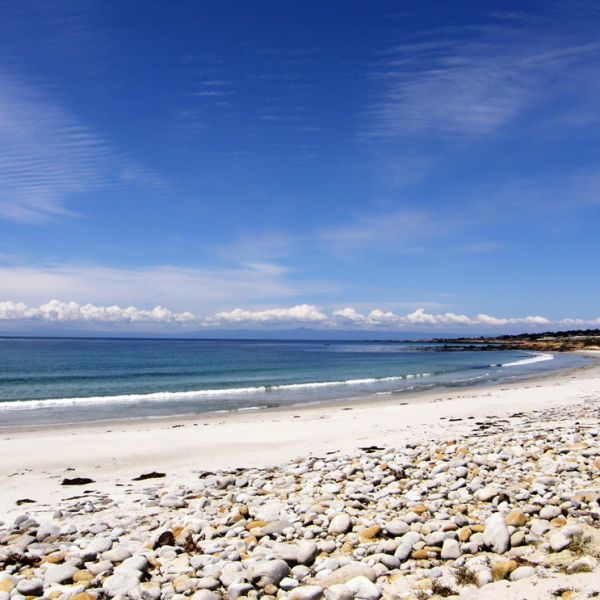
The living contribution
In tropical regions, sand often has a biological origin. Marine creatures such as parrotfish, which feed on algae growing on coral, grind coral skeletons in the process — and the fine particles they excrete become part of the sand. Similarly, the shells and skeletons of tiny sea organisms, like mollusks and foraminifera, add to the beach’s composition, sometimes giving it a distinctive hue.
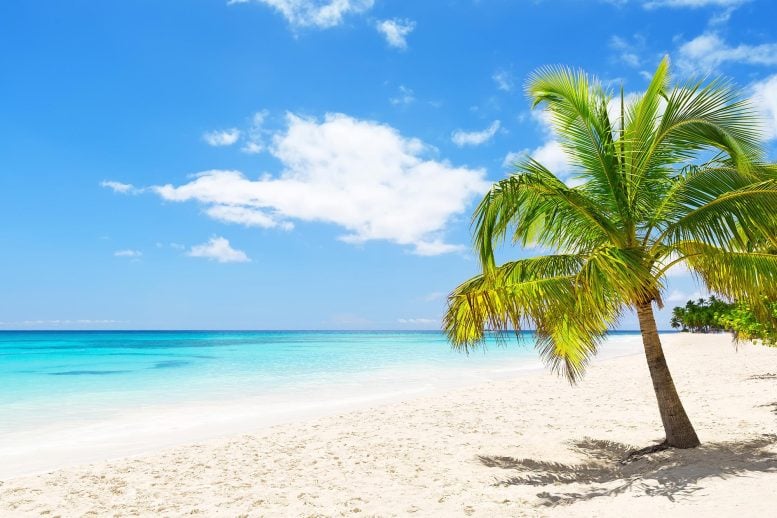
Why sands differ in color
The color of sand reveals its origin:
- White sand often comes from quartz, coral, or calcium carbonate shells.
- Black sand originates from volcanic rocks like basalt, found in places such as Hawaii.
- Pink sand forms from crushed coral and the shells of pink foraminifera, as seen in Bermuda.
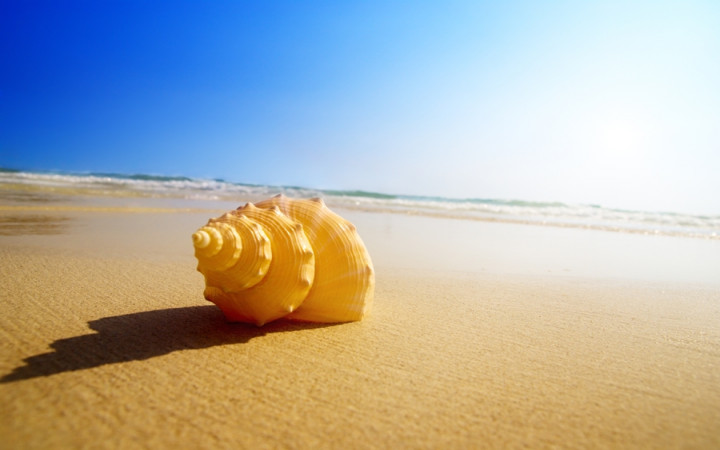
From mountains to oceans, from solid rock to delicate grains — sand embodies nature’s patient artistry. Every beach is a living canvas, shaped by time, tide, and the eternal rhythm of the earth.












